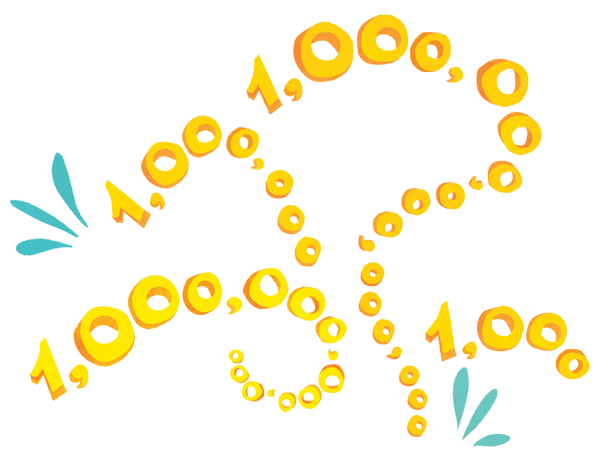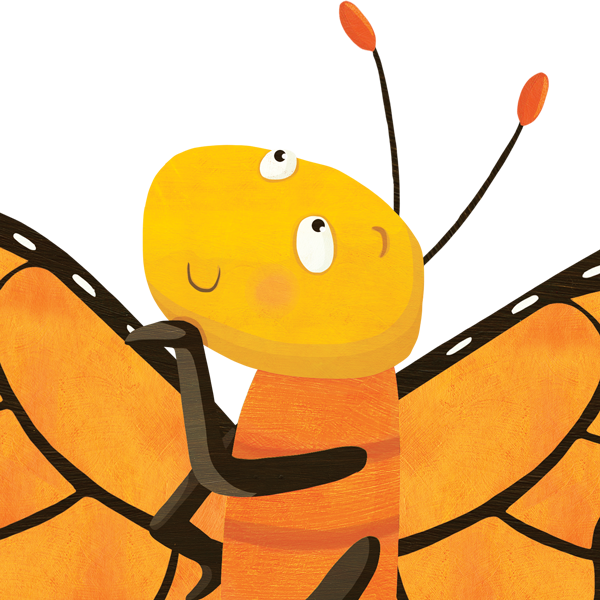
We all want our children to have the very best chance at success. However, many children begin school without the tools they need to excel–or even keep up. According to a 2015 report from the U.S. Department of Education, as many as 6 in 10 children are unprepared for kindergarten. One of the main goals of Pebbles and the Biggest Number is to equip children with early math skills and language that will set a foundation for advanced mathematical concepts.
Now, if you believe that “math skills” mainly include long division and algebra, it may feel confusing to focus on math with your young child. After all, it will be some time before your child can manage equations. However, your child is constantly stretching their math skills as they play and learn. They’re differentiating sizes, grouping objects, and of course, counting. You can give your child encouragement to exercise critical thinking as they play, and the language that allows them to translate play into the education that they’ll receive later in life.
At its core, the role of language is to take concrete objects and enable us to hold them in our minds as ideas. From there, we can communicate these ideas with others and build upon more complex abstractions within our own heads.
As your child stacks blocks they are already recognizing mathematical concepts in the physical world. They can see you add more food to a plate, or notice whether there are many cars in the parking lot, or few. They can estimate large numbers, and you can help them understand the difference between tens of people, hundreds of people, and even thousands of people. However, they won’t be able to recognize these concepts in the classroom unless they’re given the words to do so.
When researching books that help children develop mathematical language, it quickly becomes clear that there’s a lack of language around larger numbers. In fact, we ourselves haven’t been able to find another children’s book that mentions numbers larger than a trillion. It was important to author Joey Benun to familiarize children with the names of these numbers, and then provide concrete examples that made the numbers real (i.e. there are three trillion trees in the world!)
We often divide language arts and mathematics in educational settings, and make the mistake of identifying a child as gifted at one or the other. However, a closer look reveals that all learning is connected. According to a policy research report:
“A common concern is that supporting early math might mean taking time away from something else, such as early literacy. Yet, this does not have to be the case. The development of early math and early literacy skills are intertwined, and efforts to support both can take place simultaneously. In fact, when math is taught hand-in-hand with other subjects, such as reading, children learn more math than they would if they were taught only math.”
Mathematica
As more and more parents focus on encouraging STEM learning for their children, it’s vital to remember that stories, language, and art are vital parts of the teaching process, even for mathematics.

Pebbles and the Biggest Number was created to explore the language of numbers that often feel outside of our realm of understanding. One of the biggest reasons these numbers feel out of our reach is that we do not know (or practice) the words associated with them. Both the big data created by our society and the infinite numbers of the natural world around us require us to learn to think big.
In the book, Pebbles the Butterfly starts asking questions that send him on an epic adventure around the world. Much like Pebbles, children start asking questions about the things they see every day. As we feed our children’s natural curiosity and hunger for the big wide world around them with words, we empower their learning, support their success, and help them appreciate the amazing scope of all there is to see and do.
Fuel your child’s curiosity with educational games from our website, or shop our store today to bring Pebbles home.